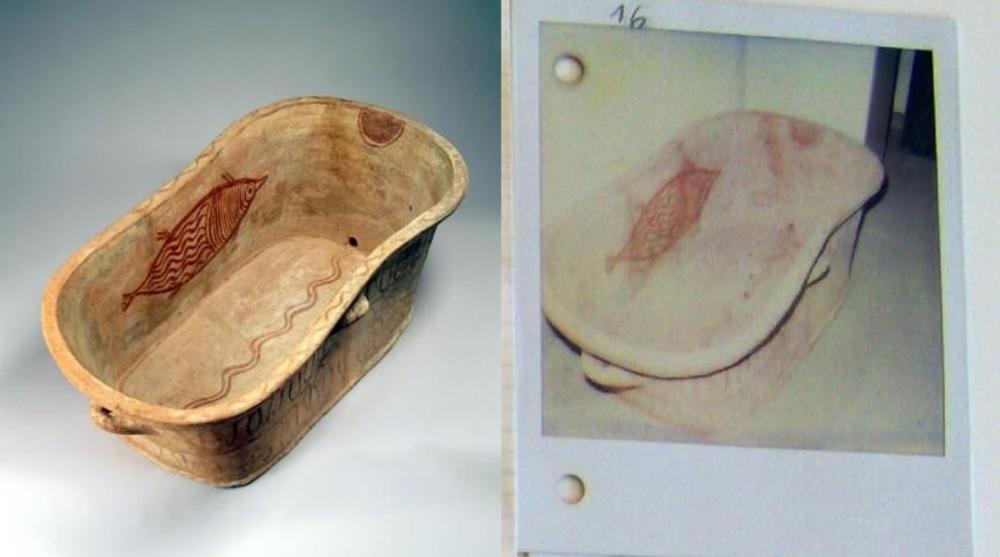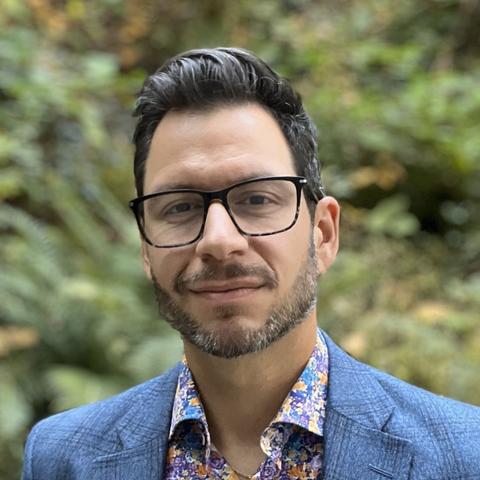
Section Branding
Header Content
Report: Emory's Carlos Museum holds objects linked to illicit antiquities trade
Primary Content
GPB's Peter Biello speaks with Stephanie Lee about the Carlos Museum's acquisition practices.

Museums looking to acquire ancient objects need to proceed with caution if they want to ensure they're not buying stolen property. In recent decades, museums across the world have returned items deemed stolen. That list includes Emory's Carlos Museum in Atlanta, which returned an item to the Iraq Museum in Baghdad earlier this year. A new report published in The Chronicle of Higher Education says the Carlos has more work to do, alleging the museum has turned a blind eye when purchasing some artifacts with questionable origins. Stephanie Lee is a senior reporter at The Chronicle, covering research and society. She spoke with GPB's Peter Biello.
TRANSCRIPT:
Peter Biello: Let's talk a little bit about the museum itself. Before it was the Carlos, the museum's collection really wasn't terribly impressive. And then in the late 1990s, it got a large donation from the Carlos family, $10 million. That wasn't all that family gave, but that was the big donation in the late 1990s. And the goal for that was improving the Greek and Roman collections. So what happened after that donation?
Stephanie Lee: The museum, which was ambitious and wanted to be on the same level as Yale's or Princeton's museums, hired a young curator named Jasper Gaunt to be the full time Greek and Roman curator. And Jasper's backstory was that he had been working in New York for a now notorious art dealer named Robert Hecht, who is said to have been the mastermind of the illicit antiquities trade for 50 years. And Jasper was Robert's assistant during the 1990s. He went on to be very aggressive in his acquiring practices during the 2000s, using that $10 million to snap up objects from people with all kinds of links to the illicit antiquities trade. And so we see over and over this pattern of acquiring without seemingly asking any serious questions about where these objects had come from.
Peter Biello: And Jasper declined to speak with you about the decisions he made when purchasing items for the Carlos, but who ultimately was signing off on his purchases? Was there someone at the Carlos who was making sure his work was on the up and up?
Stephanie Lee: Well, from what I can tell, the university and the museum as a whole seemed to really celebrate the objects that he was bringing into the collection. The director at the time of Jasper Gaunt's tenure was Bonnie Speed. I also was not able to reach her for my story. But she would have been the person essentially signing off on all these acquisitions and purchases. She would have also been the representative for the Carlos in an industry organization called the Association for Art Museum Directors, which during the 2000s was discussing problems with antiquities and developing guidelines around antiquities acquisitions. But I spoke with people who said that as far as they can remember, they did not see her at any of these meetings during the 2000s or 2010s. And so it seemed that she was absent from those discussions. And one can say that you see that attitude reflected in the museum's acquisitions during this time.
Peter Biello: And just to be clear, the Carlos isn't necessarily denying that people like Jasper Gaunt may have acquired stuff without really due diligence. They're just saying now, well, that person is no longer employed here. And now we're taking stock to see what needs to be done next.
Stephanie Lee: Yeah. So the director, Henry Kim, did not dispute the findings from the analysis, acknowledged that there were red flags with some histories. And their objects did say that for a number of objects, the museum didn't necessarily know the full back story of an object when it was acquired. Some experts say that they don't think that's a reasonable excuse because the research that's being done today should have been done for decades and decades, not just in 2022, 2023. But overall, he acknowledged that there are red flags in the collection and the museum is dedicated to making provenance a priority and to having higher standards for what it acquired from here on out.
Peter Biello: Has the Carlos given you a number of objects that they're sort of looking closely at to see if they've got the proper origin?
Stephanie Lee: They have not.
Peter Biello: You said you're estimating something like 500?
Stephanie Lee: I have found at least 560 objects that have ties to people connected to the illicit trade, including people who have been convicted or indicted for antiquities trafficking. But that may be a floor more than a ceiling number.
Stephanie Lee: I have found at least 560 objects that have ties to people connected to the illicit trade, including people who have been convicted or indicted for antiquities trafficking. But that may be a floor more than a ceiling number.

